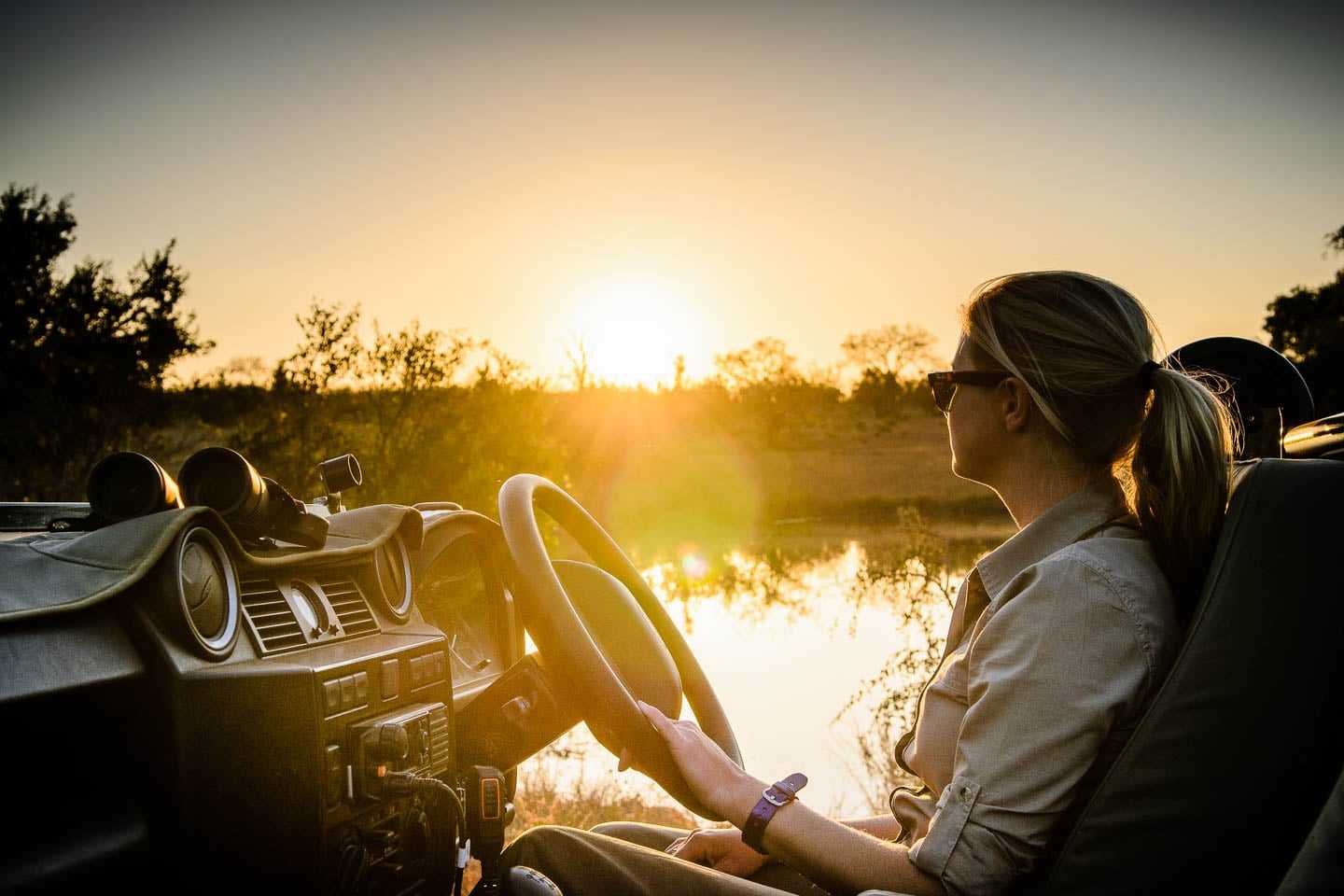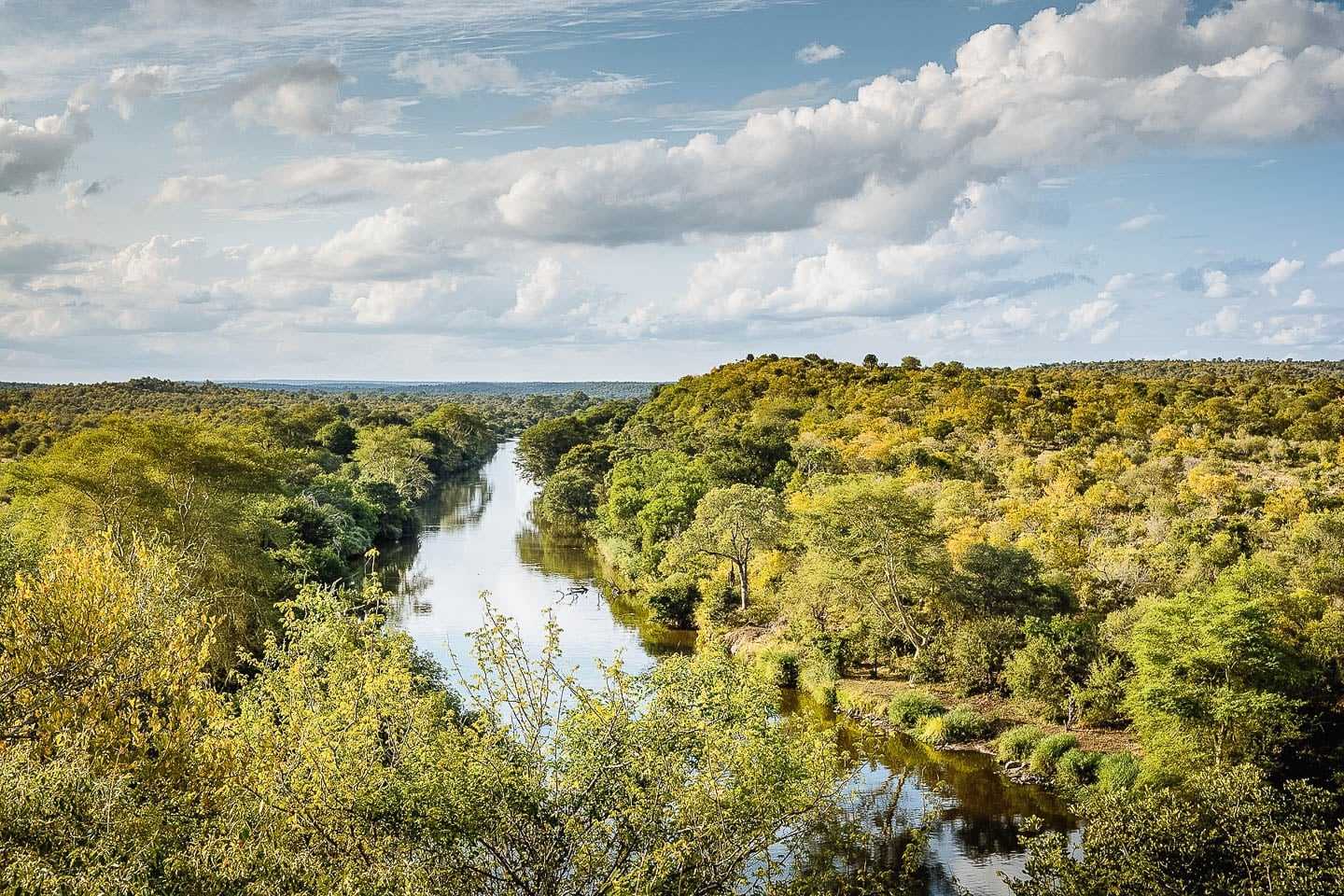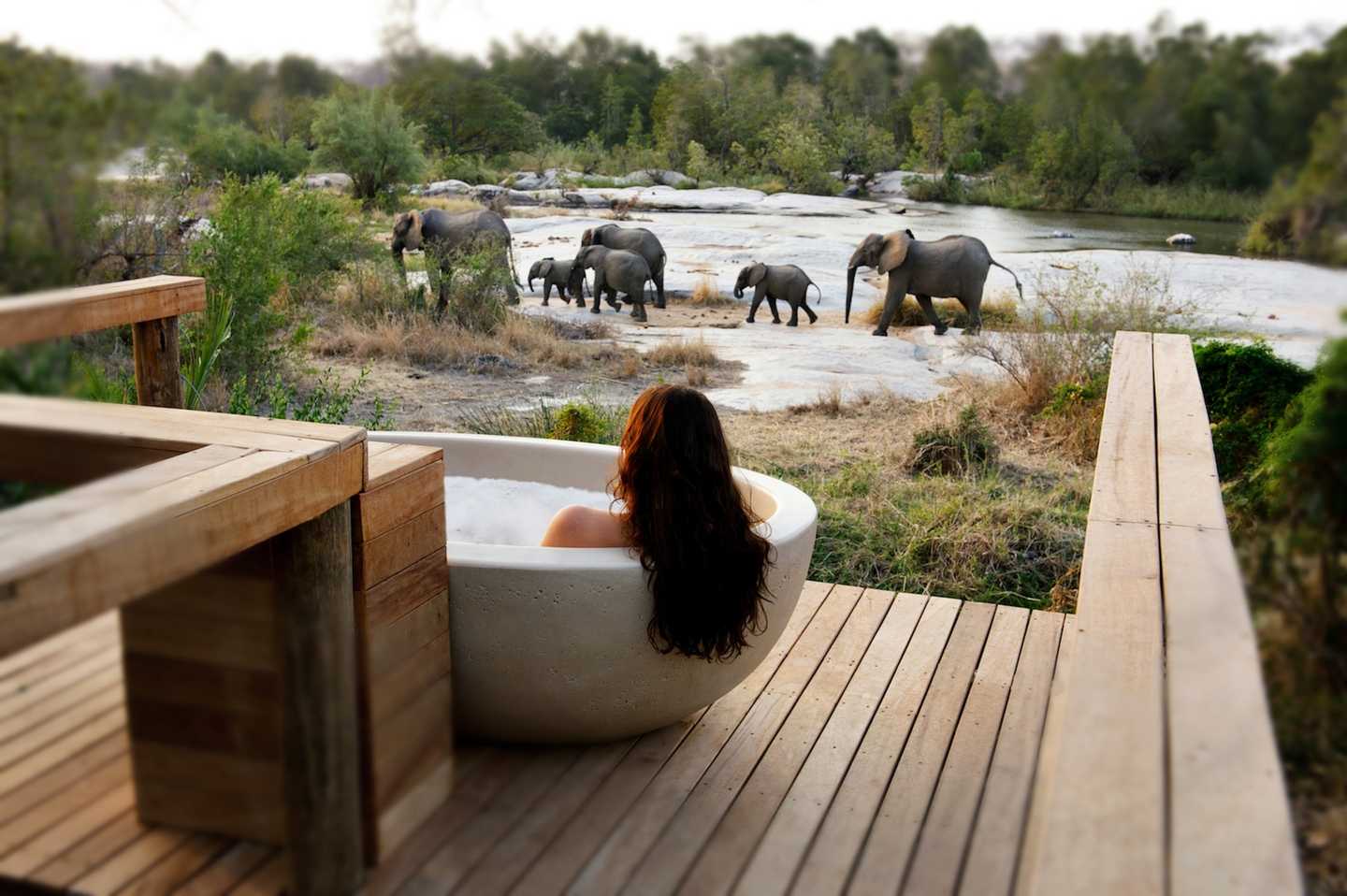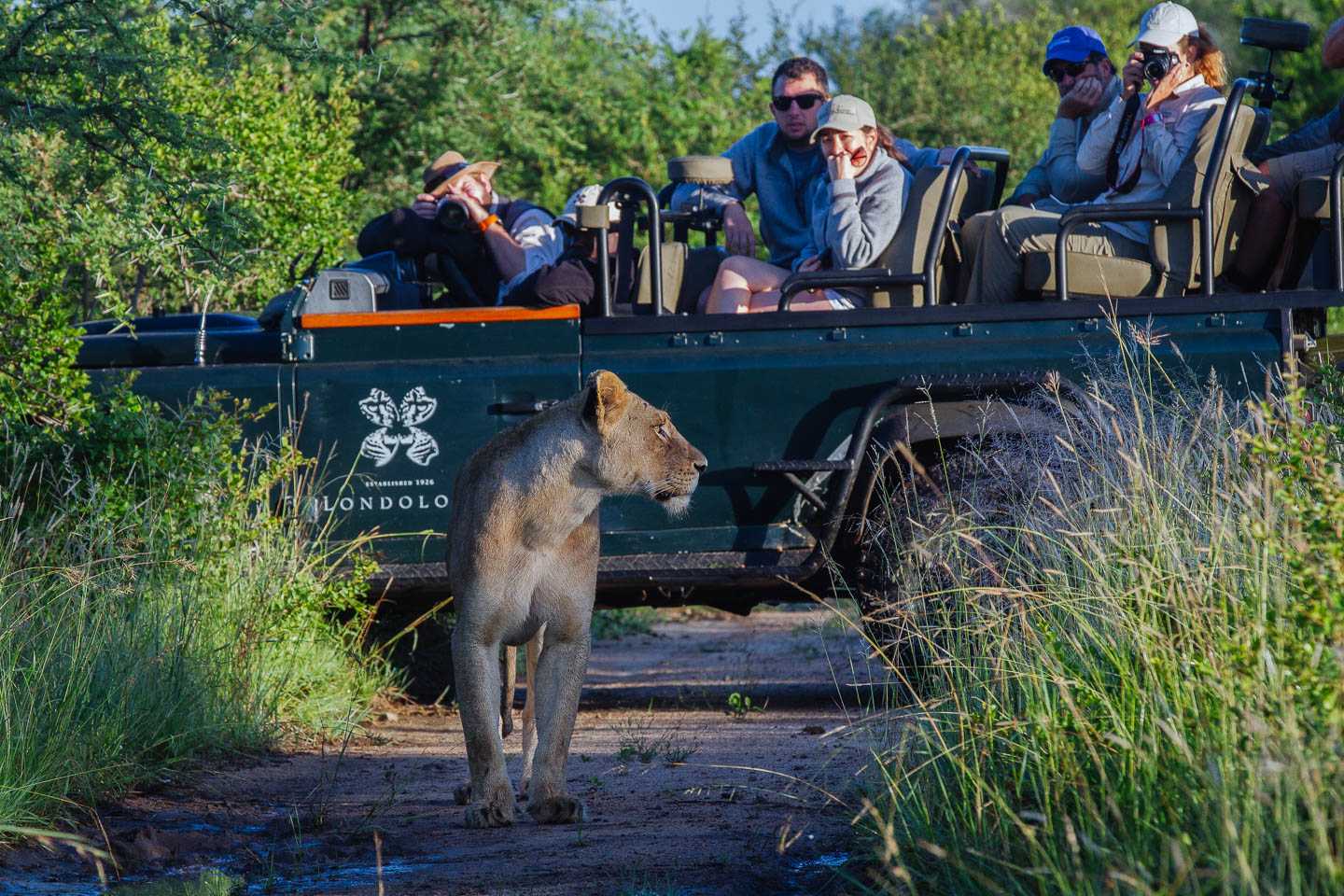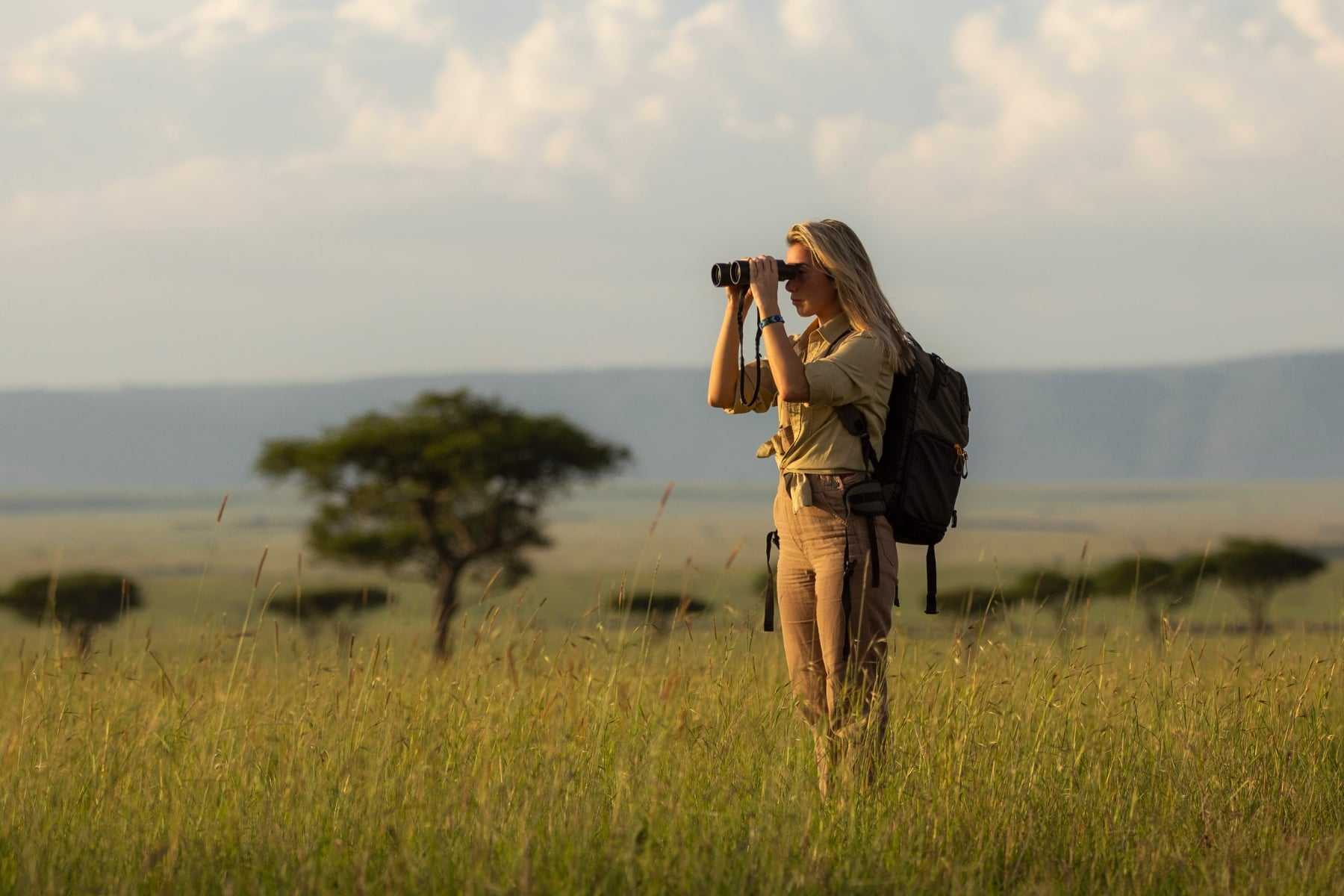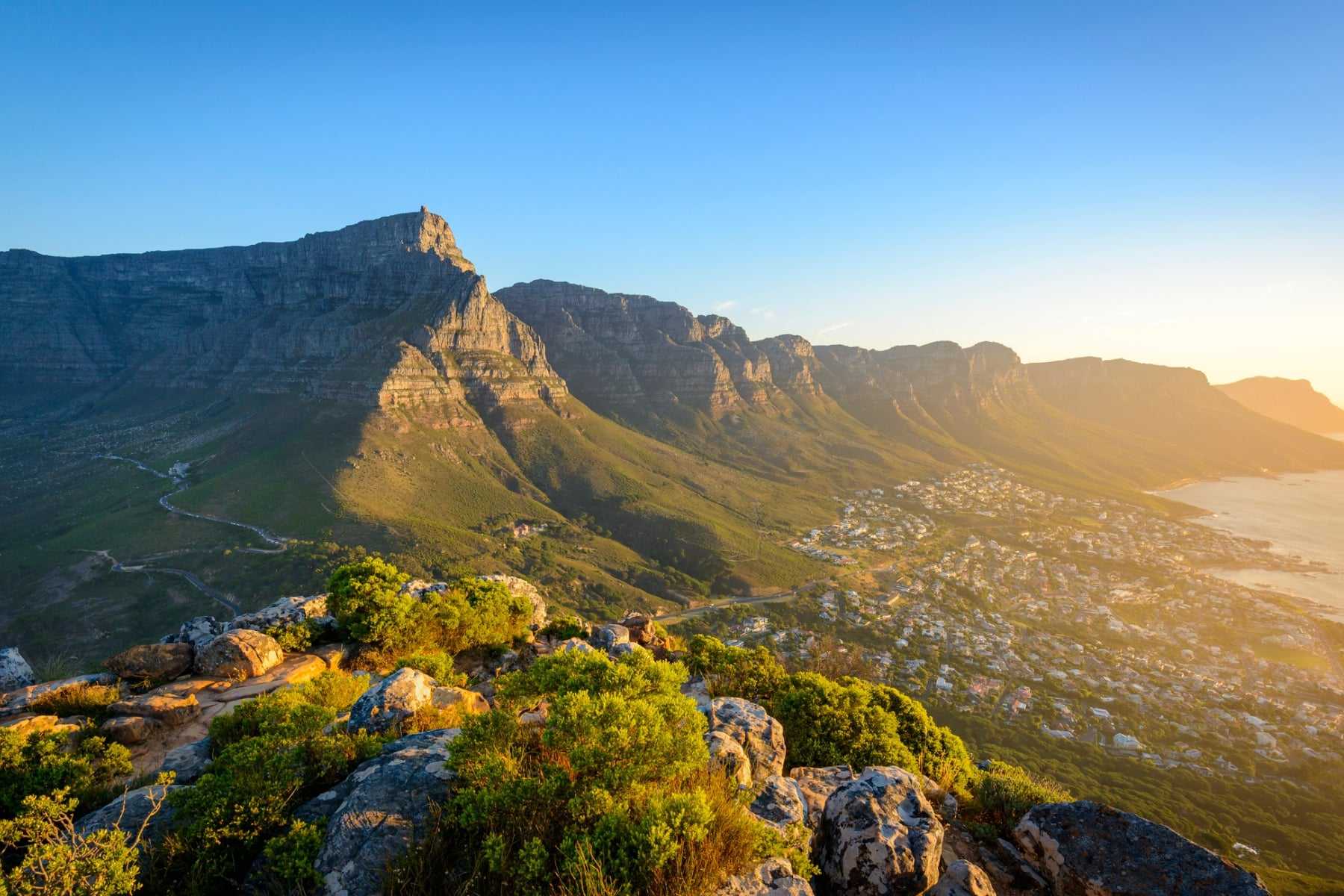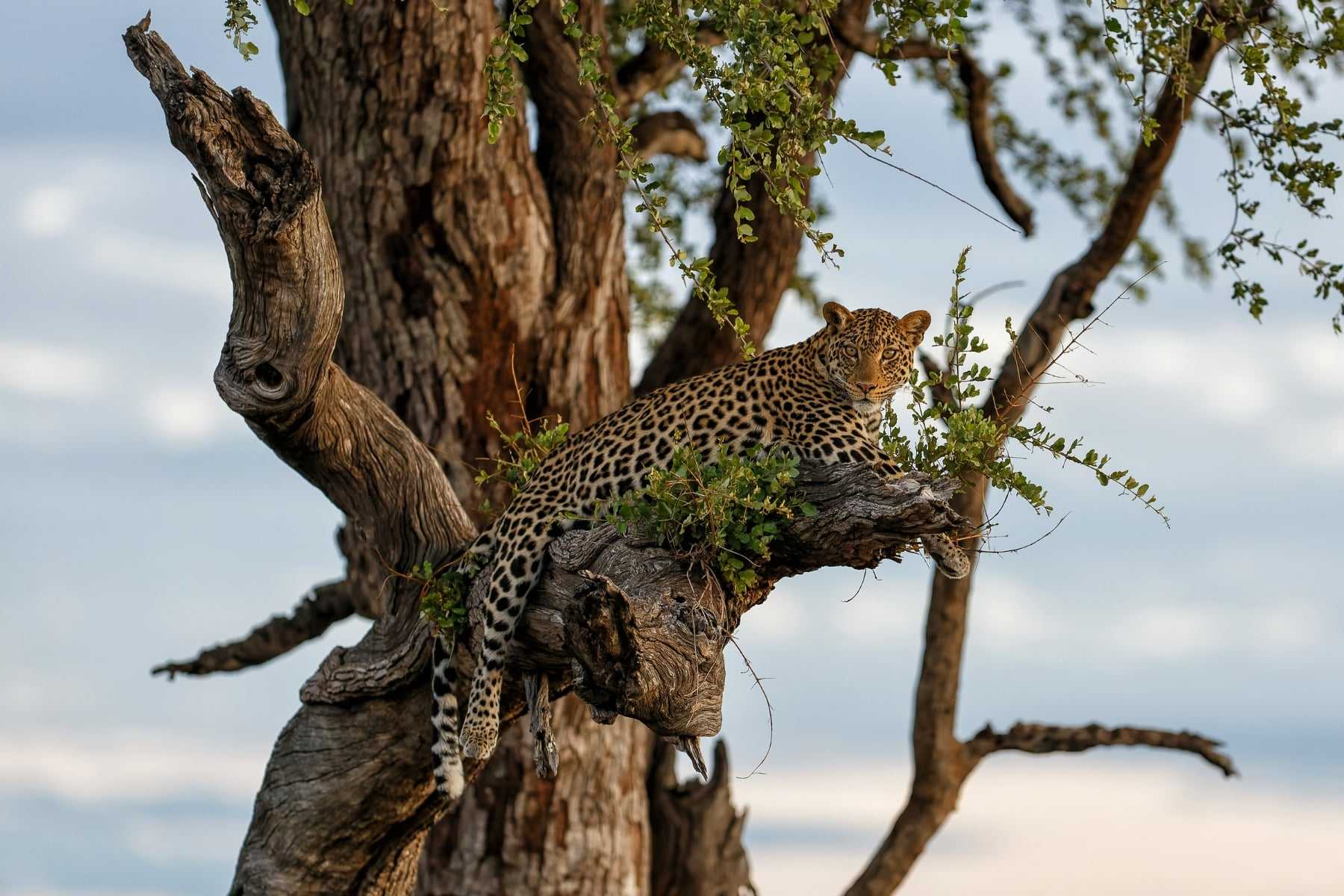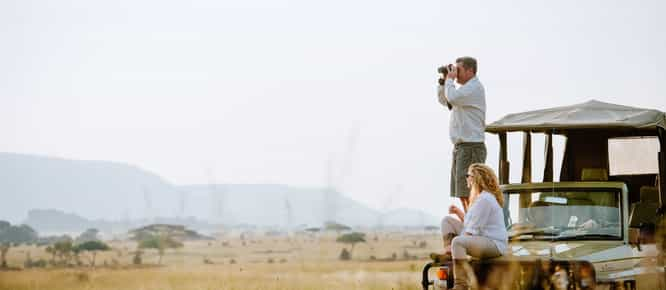How to plan a Kruger park safari
When you think of a safari in Africa, the first place that may come to mind is South Africa’s world famous Kruger National Park. And quite rightly so! A 19,000 square kilometre wilderness in the northeastern corner of the country, the Kruger is South Africa’s largest national park. With rolling savannah plains, thick, lush valleys, and woodlands filled with all the animals you could ever dream of seeing on a safari, it’s simply the best South African Big five safari.
But the national park itself is just one part of the much larger greater Kruger area, which includes a number of private game reserves and concessions, all bordering the reserve. These privately-owned reserves aren’t fenced and there’s nothing separating them from the National Park itself, allowing the game to roam freely. In essence, you will see much of the same wildlife in the private reserves as you will driving the main roads of Kruger.
So, what’s the difference between a simple self-drive safari, and an all-singing & dancing stay on a private reserve with open top landrovers and guides with all the knowledge in the world? Let us break it down.
The Kruger National Park (Public park)
As the name suggests, the Kruger belongs to the South African National Parks board, and the land is publicly free for anyone to roam. If you have your own private car, you can pay an entrance fee at one of the gates and simply drive inside. A self-drive safari in Kruger is done at your own pace. If you want to park in front of a herd of impala for half an hour, and then watch a lilac breasted roller plume its feathers for another hour, you’re free to do so. The downside is that if you’re keen to see some of the more iconic species, you might be competing with a number of other drivers jostling for position on the road to catch a glimpse of the lion, leopard or wild dog. The accommodation in Kruger National Park is fairly standard, with self-catering bungalows making up the majority of the options on offer. The rest camps are quiet, shaded, and have a that certain relaxed air that safaris are famous for.
Southern Kruger
The road from Skukuza Main Camp to Lower Sabie Main Camp is one of the top drives in Kruger. It runs parallel to the Sabi River. The river attracts huge amounts of game, especially in the dry season, and it’s not uncommon to see most of the Big Five on a single drive. Further south, the vegetations grows in thickness making game viewing a little harder (but not impossible), particularly in the wet season from October and March.
Central Kruger
If spectacular scenery is your thing, the the stretch between the Sabi River and the Olifants River is one of the most picturesque in the whole park – and full of game to boot. With grassy plains, river valleys, and mixed woodland of shady acacia and mopane trees, it’s the ideal habitat for most species. Watch out for big herds of zebra, wildebeest and buffalo, and in the denser woodland areas, you’ll find elephant, rhino, buffalo and antelope. On the main road to Satara, stop off and look at the amazingly large baobab tree; it’s a short drive off the tarmac road, down a gravel loop, and well worth the (short) diversion.
Northern Kruger
While the northern Kruger is the least-visited area of Kruger, it is absolutely one of the most interesting and unique. The river system around the Pafuri produces lush forests that attract some of the most interesting bird life. Further east, the Makuleke concession around Crooks Corner is made up by a river canyon with spectacular scenery.
The Private Game Reserves
If you’re looking for the best South African Big five safari with all the bells and whistles, without having to make too many decisions about where to go and what to see (or you simply don’t know), then a private lodge on the border of Kruger could be just for you.
Adjacent to Kruger, on the western boundary, are number of game reserves that offer an exceptional Kruger experience from the comfort of your own private lodge or concession. Whilst these lodges are perhaps more expensive than Kruger itself, they offer a variety of unique and extra touches. You’ll have your own guide for the duration of your stay, and as most of the reserves also let you drive off road, your guide will take you much closer to the animals than if you were self-driving in the public area. And of course, these lodges are some of the most beautiful and stylish on the continent, with elegant rooms, spectacular views, and cool swimming pools in the heart of the bush. Magical.
The question is, which reserves and lodges should you visit? Here are some of our favourites.
Sabi Sands
The Sabi Sands is perhaps one of the best-known of the private reserves bordering Kruger. It’s also the oldest, and some of the first private lodges to open operate within the reserve, most notably Londolozi and Mala Mala, but there are many options for honeymooners, families and those just wanting an escape into nature. The Sabi Sands has an unfenced, 50 kilometre border with Kruger on the eastern side, allowing numerous game species to wander in and out of the park. It’s also easy to reach, and the nearby Skukuza airport has daily connections from Kruger Mpumalanga International Airport.
Timbavati
North of the Sabi Sands is the Timbavati Game Reserve, another spectacular, unfenced private reserve made up of various lodges that each offer their own, unique piece of private wilderness. The mopane scrub veld and river valleys attract great herds of elephant and buffalo, giraffe, and the big predatory beasts that follow. The area is in fact famous for its pride of white lions and magnificent wild dog sightings.
Manyaleti
Meaning ‘place of stars’ in the local Shangaan language, Manyaleti is wedged between the Sabi Sands and the Timbavati on the western edge of Kruger. The reserve is the most remote and isolated of the private game reserves, and there are only three lodges on the property: the Honeyguide Tents, Tintswalo Safari Lodge, and Tintswalo Manor House. Although day visitors are allowed into the reserve, you’ll go for days without seeing another vehicle and it often feels as if you have the whole Kruger to yourself.
The Private Concessions
The concessions inside Kruger offer the best of the park without the crowds. In essence, you are in the Kruger National Park itself, but have access to areas that no self-drivers can reach, and enjoy a degree of luxury and exclusivity. Singita Lebombo is one of the best-known concessions in Kruger. Perched high on the edge of the Lebombo mountain range, the lodge has striking views of the plains below.
Other concessions include: Imbali Private Concession, a 10,000 hectare concession in the heart of the national park; Jock of the Bushveld Private Concession, a 6,000 hectare concession set in the southern Kruger, just where the Mitomeni and Biyamiti rivers meet; Lukimbi Private Concession, Kruger’s largest private concession, a 15,000 hectare reserve set in the southern Kruger and bordered by three rivers; Tinga Private Concession, a 5,000 hectare concession within the game-rich southern Kruger on the Sand and Sabie rivers and known for having the highest density of leopard in Africa.
